Nageswaran Temple is a Hindu temple dedicated to Lord Shiva located in Kumbakonam.The temple is incarnated by the hymns of Thevaram and is classified as Paadal Petra Sthalam. Shiva in the guise of Nagaraja, the serpent king and is located in the centre of Kumbakonam.Lord of the temple is a swayambumurthy. The rays of Sun fall on the Lord on 11, 12 and 13 of Panguni in March.
Shrine’s History
Aditya Chola constructed this temple during the 9th century. It is great marvel of Chola architecture, building technology and astronomy. The orientation is structured in such a way that it allows sunlight inside the temple, right on the sanctum only during the Tamil month of Chithirai (April/May). It bears another name called Surya Kottam or Keezha Kottam. The Karuvarai of Nageswaran temple is similar to Sarangapani Temple, as it is made in the form of a Chariot. The temple consists of three gopurams in the eastern, western and southern directions. There is a local belief that the worship during morning, afternoon and evening needs to be performed at the three Nageswaran temples namely Nageswaran Temple, Tirunageswaram and Thirupampuram respectively.The temple is designed in such a way that during the first three days of Tamil month Chittirai, the rays of the Sun falls directly in the base of the presiding deity in sanctum sanctorum
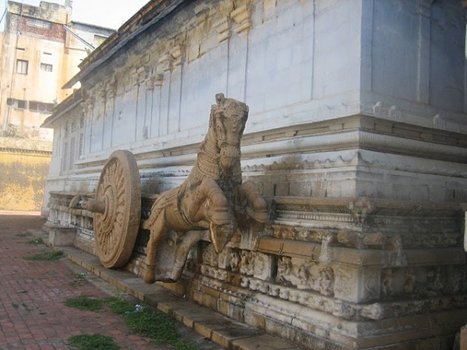
Legends Associated with This Shrine
This vast temple was known is for its shrine of Rahu, one of the nine celestial bodies in the Navagrahas. A legend has it that the mythological serpents Adiseshan, Dakshan and Kaarkotakan worshipped Lord Shiva here. Legend also has it that King Nala worshipped Shiva here as in Thirunallar. There is a Naganathar temple at Tirunageswaram having similar features like a temple. This place has been referred in Tevaram written by Saint Tamil poet of 7th Century AD, Thirugnana Sambanthar.

Architectural Relevance of This Shrine
The temple shows early Chola art in its best form particularly in the form of human figures. The sanctum is of padabandha-padmaka type stands on padmopana. The lotus leaves of the padmopano are carved with vitality. In its iconographic scheme, the Ardhanari, Brahma and Dakshinamoorthy in the niches of the outer wall are featured. The other sculptures on the walls almost life-size reflect either the donors to the temples or contemporary princesses and princes. The epic scenes are in low relief on the plinth below the pilasters of the walls of the sanctum, recalling the woodwork. The Devi shrine is an independent structure situated in the outer prakaram, detached from the axial unit, though it faces south, a feature common to Saiva Devin shrines. The complex of Nataraja shrine is in the form of a chariot on wheel drawn by horses as in the case of Airavatesvara Temple at Darasuram and Sarangapani Temple in Kumbakonam

Shrine’s Map Location and How to Go There
By Road
There are regular government and private bus services to Chennai, Thanjavur, Mannargudi, Tiruchirapalli, Chidambaram, Nagapattinam, Coimbatore, Madurai, Pondicherry, and Tirunelveli.
By Rail
Kumbakonam is connected by rail with most important towns and cities in South India. The Mysore- Mayiladuthurai Express connects Kumbakonam with Mysore and Bangalore. There are regular express trains that connect Kumbakonam with major cities in the state like Chennai, Coimbatore, Madurai and Tiruchirapalli.
By Air
The nearest international airport is at Tiruchirapalli, which is 91 km from Kumbakonam.

Shrine Timings
6.00 a.m. to 12.30 p.m. and 4.30 p.m. to 9.00 p.m.
Events Celebrated at This Shrine
The main and most important festival of the temple is the Theerthavari when Lord comes to Mahamagam tank. Other festivals of the temple are Purattasi Navarathri in August-September. Margazhi Tiruvadhirai in December-January and Panguni Peru Vizha Great Festival in March-April

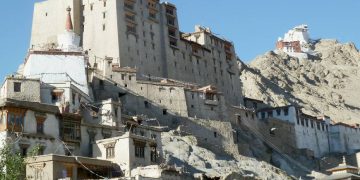

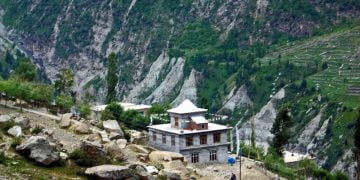
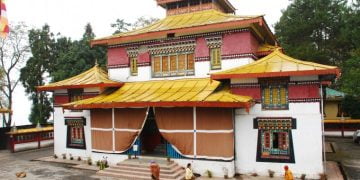

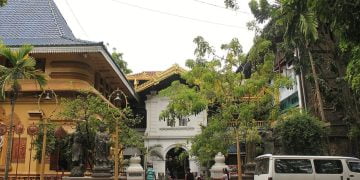
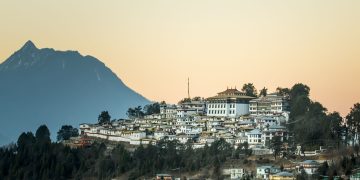
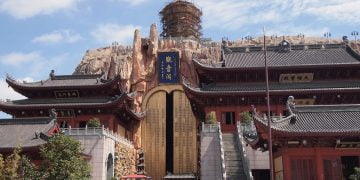
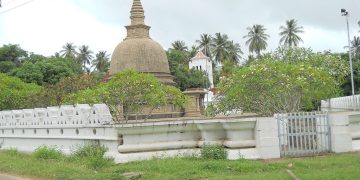
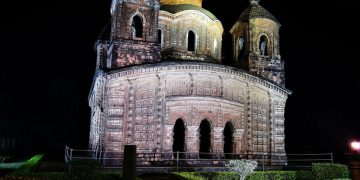
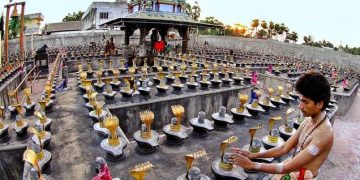

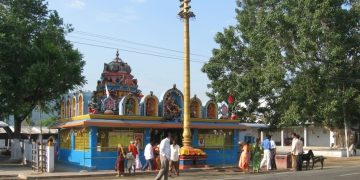
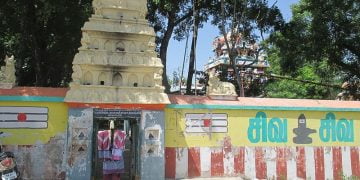
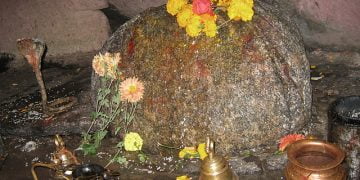
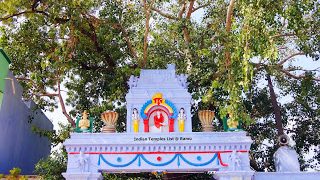
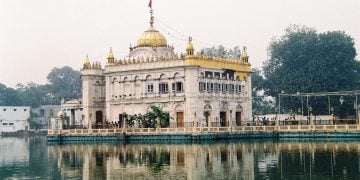
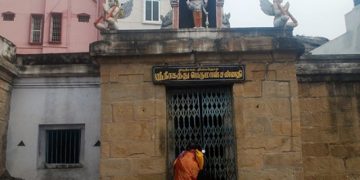
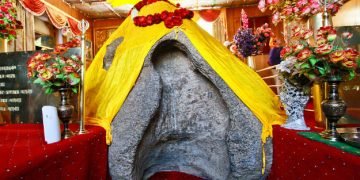
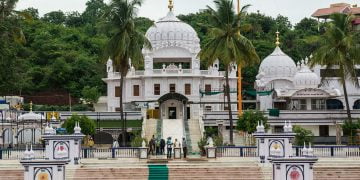

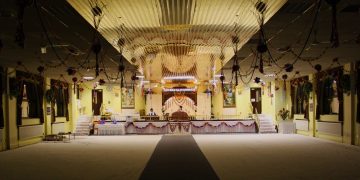
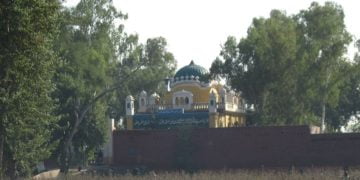
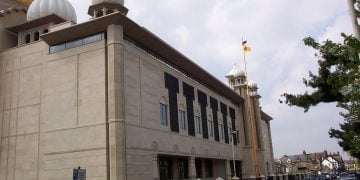
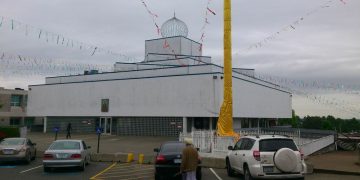
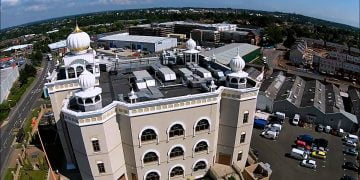
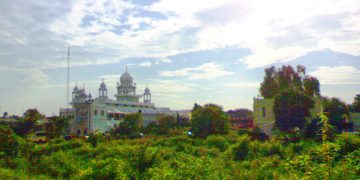
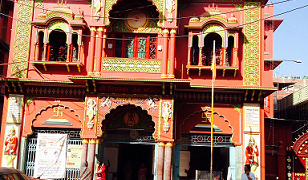
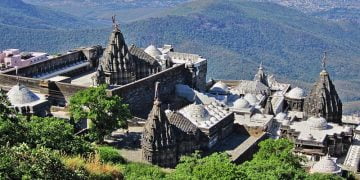
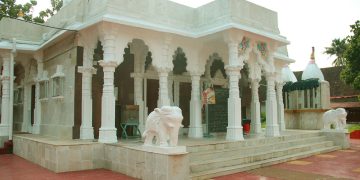
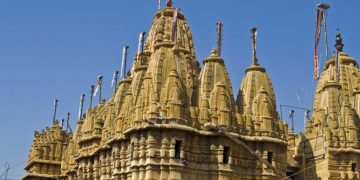
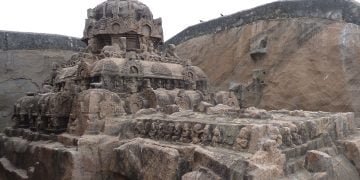
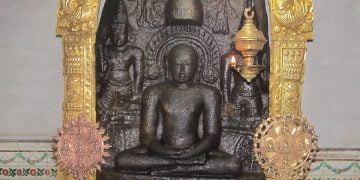
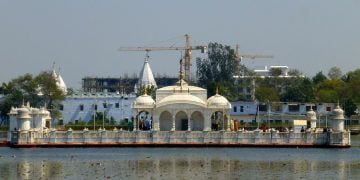

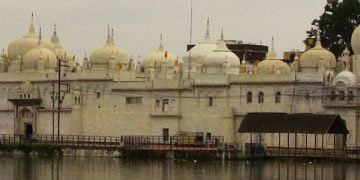

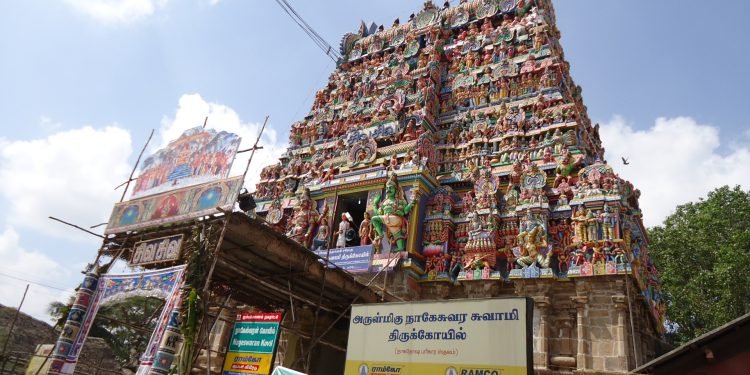

Discussion about this post